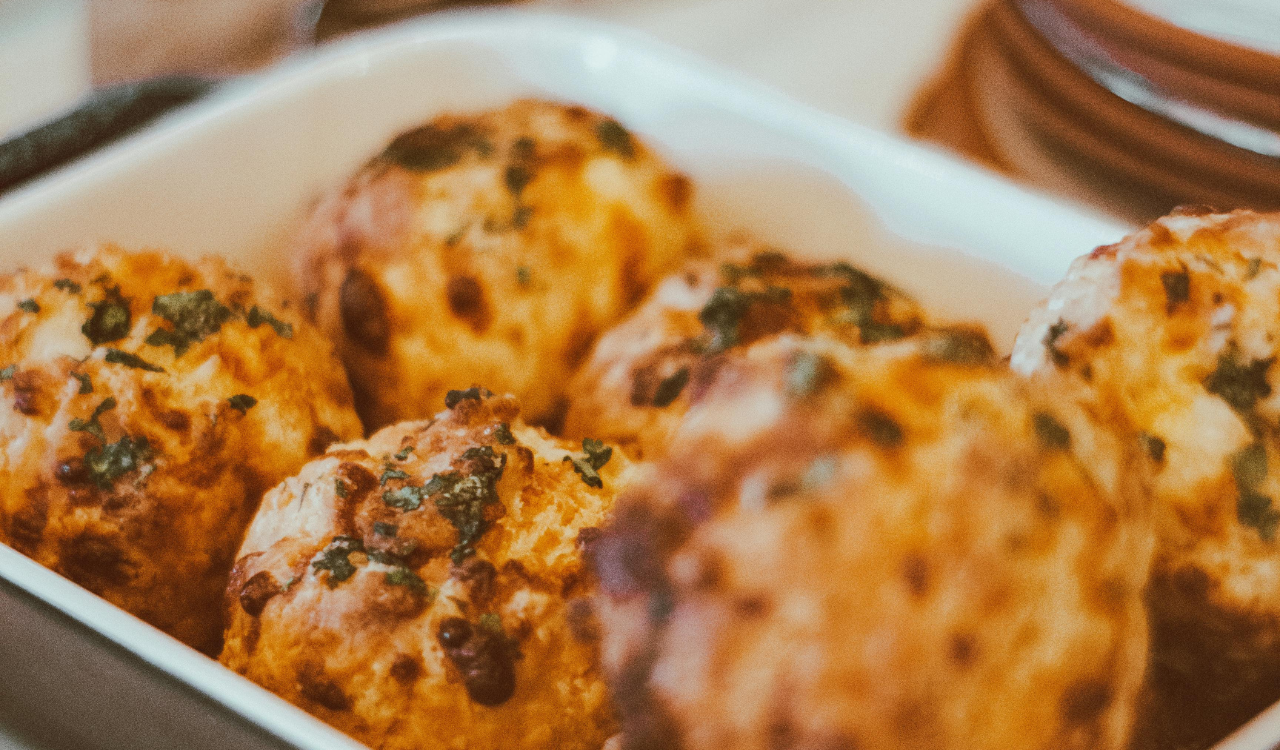12 Mistakes People Make With Mashed Potatoes

Making mashed potatoes may seem easy, but there are many small details that can go wrong if you want the creamy, fluffy, perfectly-seasoned finish that many people strive for. Here are 12 typical mashed potato preparation errors and tips for avoiding them. For texture, flavour, or general satisfaction, each is important. Understanding these will make your mash more flavourful, smooth, and something you’ll want to eat again.
1. Choosing the Wrong Type of Potato

Using waxy potatoes instead of starchy or all-purpose ones is one of the biggest mistakes. Similar to red potatoes, waxy potatoes have a tendency to retain their shape, contain less starch, and can turn gummy or gluey rather than fluffy when mashed. Starchy potatoes, such as russet or Idaho, are perfect for traditional mashed potatoes because they are easy to break down and absorb butter and cream. You can get both flavour and a smooth texture by combining starchy and creamy/all-purpose potatoes (like Yukon Gold). Green or sprouting potatoes should always be avoided because they may contain solanine, a bitter and potentially dangerous substance.
2. Cutting Potatoes Into Uneven or Too‑Small Pieces

Potato chunks that are too small will absorb too much water; if they are uneven, some will cook more quickly while others will take longer. Mushy bits next to undercooked ones may be the outcome. The best way to ensure that all of the potatoes boil at about the same time is to cut them into uniform medium-sized chunks, about 1½ inches (~3‑4 cm). This lessens the possibility of over-watering or under-cooking. Additionally, it saves time and effort by preventing smaller pieces from overboiling while larger ones are being prepared.
3. Starting In Boiling Water Instead of Cold

It’s a common mistake to drop potato pieces into boiling water. Texture problems (lumps or overly soft edges) are frequently caused by the exterior cooking too quickly, which could be overdone by the time the interior is cooked through. Rather, submerge the chopped potatoes in cold water and then bring to a boil before simmering. This guarantees more uniform cooking from the outside in the middle. Although it may not be noticeable, the texture is retained and an uneven mash is prevented.
4. Not Salting the Cooking Water

Many people salt their water too little or not at all. Salting the water that potatoes absorb while boiling enables flavour to enter the potato itself rather than being added after the fact. This gives your mash a base flavour. Even generous amounts of butter or cream cannot make up for the lack of salt during cooking. Don’t over-salt, though; you can add more butter, cream, or milk later. Take your time tasting.
5. Overcooking or Undercooking the Potatoes

Undercooked potatoes will have lumps and be difficult to mash properly. Overcooking results in waterlogging, excessive water absorption, loss of structure, and a heavy, soggy texture that resists fluff before collapsing into a gluey texture. When a knife or fork passes through without encountering any resistance and the pieces retain their general shape, that is the ideal moment. When finished, drain right away.
6. Not Draining & Drying Potatoes Properly

Many people mash right away after boiling, preventing extra water from escaping. Water that pools or clings to potatoes weakens flavours, makes mash soggy, and hinders the proper absorption of butter or cream. Good practice: drain thoroughly, then leave the potatoes in the pot off of the heat, occasionally allowing any remaining steam to escape. You can even briefly put the pot back on very low heat to remove any remaining moisture. This results in a thicker, creamier texture and improved absorption.
7. Adding Cold Butter or Cold Dairy

The potatoes will become too cold to properly mix and absorb fats if you use cold butter, cold milk, cream, or other dairy straight from the refrigerator. Cold ingredients may cause the mash to solidify too quickly, make it difficult to blend smoothly, or require more stirring, which could lead to overworking. Rather, warm or gently heat the butter and dairy before adding; heat until the butter melts and the dairy is just steaming or warmed, not boiling. This keeps the mash hot and produces a richer flavour and better texture.
8. Over‑mixing or Using the Wrong Tool

Despite the temptation, using a food processor, blender, or stand mixer can quickly overwork potatoes, releasing too much starch and leaving your mash sticky or gummy. The cell structure of potatoes is also more likely to be broken by vigorous mixing or whipping than by gentle mashing. Make use of a hand masher, ricer, or potato masher. A ricer or food mill is useful if you want a very smooth texture. However, once the desired smoothness is achieved, stop mixing; sometimes less is more.
9. Skipping the Tasting During Preparation

Missed opportunities result from waiting until serving to add butter, salt, or texture adjustments. When you taste as you go—after cooking, after draining, after adding butter and dairy—you can make necessary adjustments to the texture’s firmness or thinness, add a little pepper or herbs, and adjust the salt and richness. Due to the mild nature of potatoes, minor adjustments can have a significant impact. This keeps mashed potatoes from being too rich or boring.
10. Making Them Too Far in Advance

The best way to enjoy mashed potatoes is hot and fresh. When they are prepared too far in advance, their texture deteriorates and they often cool, dry out, or lose their fluff. If you have to prepare them in advance, keep them warm in a slow cooker or tray that maintains a low temperature, or in a covered bowl over a pot of simmering water. Reheat gently before serving, adding a little hot dairy or warm butter to restore the creaminess. Steer clear of overheating or excessive microwave use that dries them out.
11. Ignoring the Moisture Content

Certain potato types are more moist than others; some batches will be wetter than others. Additionally, cooking water that clings, pot steam, dairy content, etc. Your mash may come out dry (not enough fluid) or soggy (too much) if you don’t account for moisture. Adjust by adding dairy gradually and keeping an eye on the consistency; if it’s too wet, strain a little more and release the steam; if it’s too dry, add a little warm milk or cream. This gives you more precise control over texture.
12. Overlooking Flavor Enhancers

Since potatoes don’t have much flavour on their own, seasoning, butter, dairy, and optional extras are frequently added. Your mash may be bland if you don’t use pepper, garlic, onion, fresh or dried herbs, or other mild aromatics. It’s also a lost opportunity to include roasted garlic, chives, scallions, smoked paprika, or nutmeg (for cream-based mash). Taste can be enhanced by adding even a tiny bit of high-quality butter, sour cream, or crème fraîche. However, balance is essential; avoid overpowering the potato.





